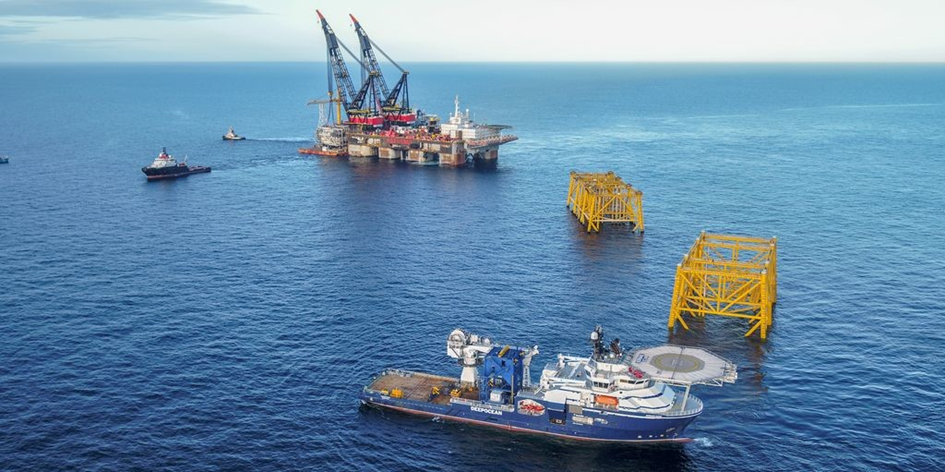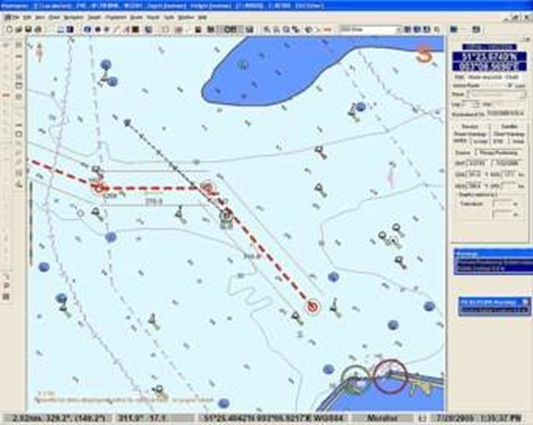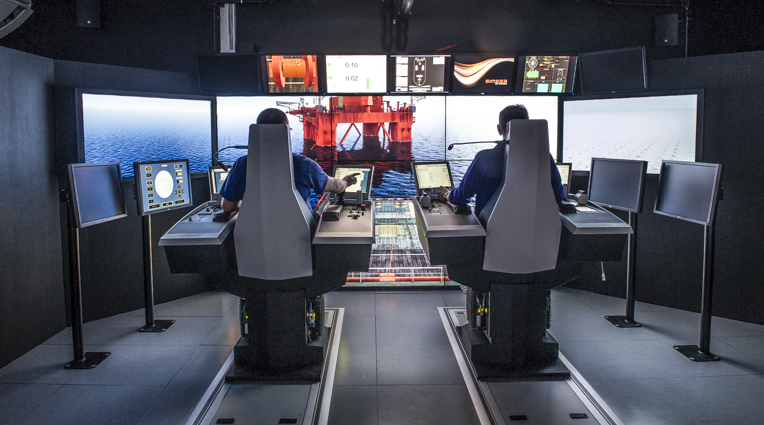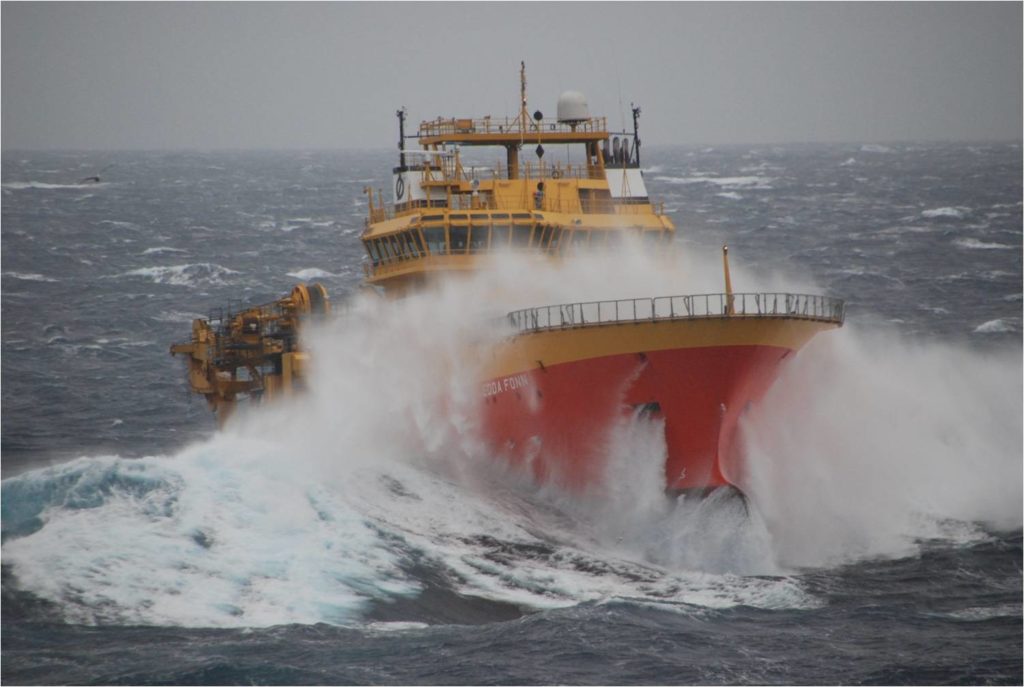
Dekks- og maskinoffiserer med foreldet sertifikat kan få sertifikatet tilbake på flere måter.
Den kjappeste måten er ved å fremstille seg for sertifikatprøve bl.a. hos Simsea.
Hensikten med sertifikatprøven er å verifisere at kandidaten har den kompetanse som kreves i STCW for ulike typer sertifikater.
Dekksoffiser:
- D5: STCW konvensjonens regel II/3, STCW kodens avsnitt A II/3
- D4: STCW konvensjonens regel II/1, STCW kodens avsnitt A II/1 og A II/3
- D3: STCW konvensjonens regel II/2, STCW kodens avsnitt A II/1, A II/2 og A II/3 (unntatt D1)
- D2: STCW konvensjonens regel II/2, STCW kodens avsnitt A II/1, A II/2 og A II/3 (unntatt D1)
- D1: STCW konvensjonens regel II/2, STCW kodens avsnitt A II/1, A II/2 og A II/3 (unntatt D1)
Maskinoffiser:
- M4: STCW konvensjonens regel III/1, STCW kodens avsnitt A III/1
- M3: STCW konvensjonens regel III/2, STCW kodens avsnitt A III/2
- M2: STCW konvensjonens regel III/2, STCW kodens avsnitt A III/2
- M1: STCW konvensjonens regel III/2, STCW kodens avsnitt A III/2
Ved påmelding må kandidaten oppgi hvilket sertifikat som ønskes fornyet. Ved fremmøte må kandidaten fremlegge sertifikatet og legitimere seg. Merk at før utstedelse av nytt sertifikat må kandidaten ikke bare ha bestått sertifikatprøven men også pålagte kurs iht. STCW med Manila tillegg fra 2010.
Simsea har utarbeidet et sett med både teoretiske oppgaver og simulatoroppgaver som kandidatene skal løse tilfredsstillende for å bestå sertifikatprøven. Disse inneholder et representativt utvalg av emner iht. kompetansekravene i STCW. Teoretisk prøve gjennomføres som digital flervalgs prøve mens simulatoroppgavene gjennomføres i våre fullskala simulatorer (hhv. bro og maskin). Ved debrief av den gjennomførte prøven kan vi ved behov vise opptak fra simulatorøvelsene.
Teoretisk del skal avlegges og være bestått før praktisk del i simulator. Vurderingen skal foregå slik at det er mulig å avgjøre om kandidaten har tilstrekkelig kompetanse til å få fornyet sitt sertifikat. Vurderingsformen er bestått/ikke bestått. For å bestå sertifikatprøven må kandidaten minimum ha 70 % score for hver funksjon.
Prøvens varighet er 8 timer inklusive en times debrief etter gjennomført prøve, inklusive tilbakemelding fra kandidaten. Ved debrief vil vi ved behov vise opptak fra simulator-øvelsene.
Avgjørelsen «ikke bestått» kan påklages og klagefristen er en uke fra avlagt prøve. En egen klagenemd bestående av to uavhengige sensorer, avgjør klagesaken. Avgjørelser fra klagenemd kan ikke påklages.
I tillegg til selve prøven tilbyr vi et oppfriskningskurs på tre dager, en pre-test med relevante eksamensspørsmål og familiarisering med simulator. Tiden som medgår til familiarisering kommer i tillegg til de 8 timene prøven varer.
Link her til sertifikatkursene
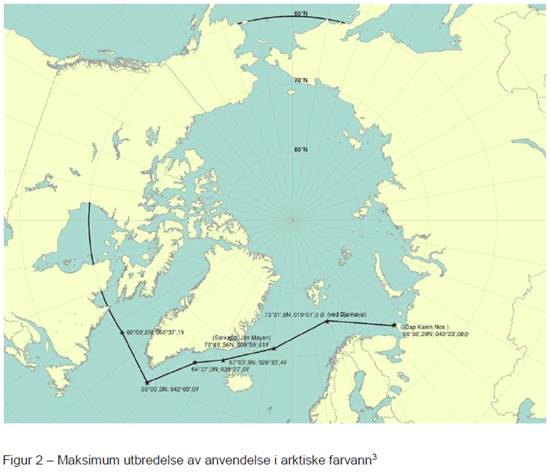
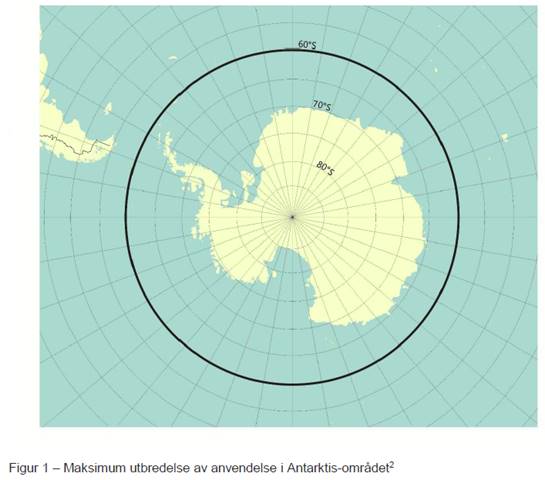
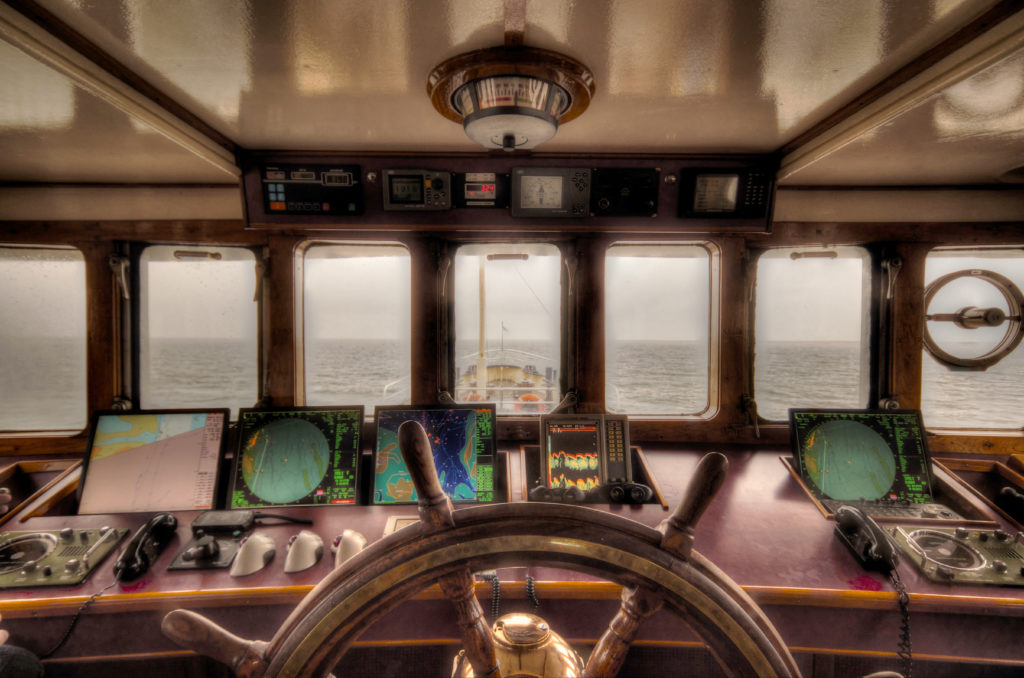
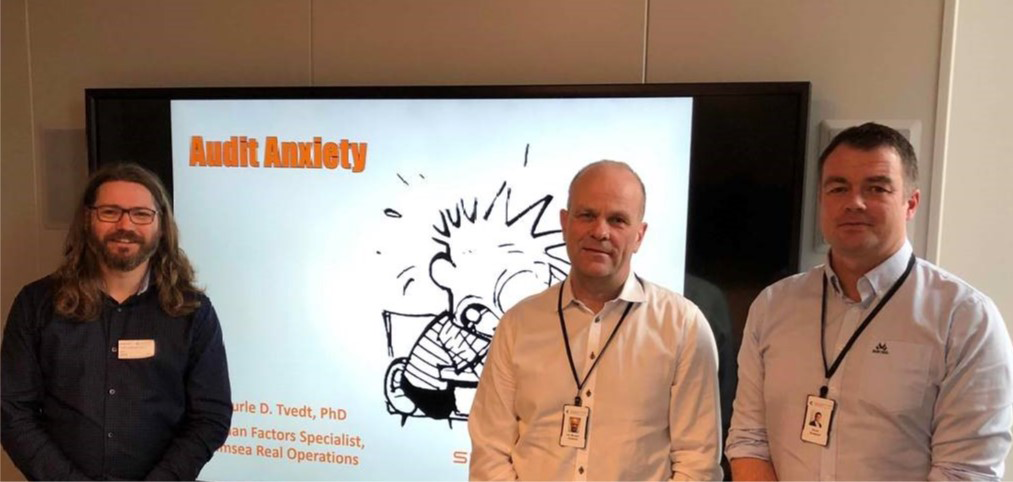

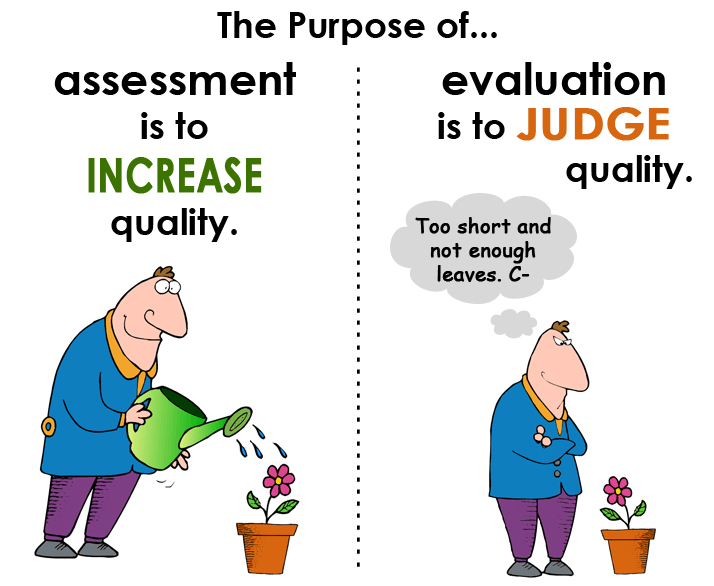
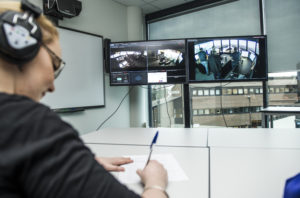 The result of the assessment is documented in a valid report of the officer’s documented practical skills, graded performance on the main skill areas of the assessment.
The result of the assessment is documented in a valid report of the officer’s documented practical skills, graded performance on the main skill areas of the assessment.